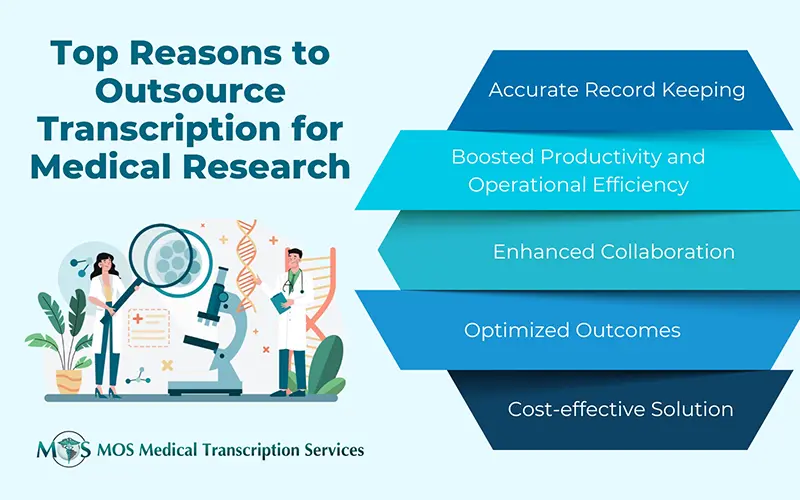Primary care providers are the key players in the healthcare system. The Institute of Medicine (www.nap.edu) defines primary care as: “The provision of integrated, accessible health care services by clinicians who are accountable for addressing a large majority of personal health care needs, developing a sustained partnership with patients, and practicing in the context of family and community.” To provide high quality care, primary care providers maintain structured patient records with the help of medical transcription outsourcing companies. Medscape recently reported on a new study published online in JAMA Internal Medicine found that receipt of primary care is associated with more high-value care, and better patient access and experience. The study was led by David M. Levine, MD, MPH, Brigham and Women’s Hospital, Harvard Medical School, Boston.

Primary Care Model – Key Takeaways
Primary care covers family medicine, internal medicine, nursing, nurse practitioners, pediatrics, general ob/gyn, gerontology, pharmacy, behavioral health, community health, and the other professionals who meet a community’s general medical care needs. Primary care helps catching and treating problems early and lowers medical costs.
Primary care promotes better health care as well as better access to care, notes the American Academy of Family Physicians (AAFP). According to the AAFP, it has been found that an increase of one primary care doctor per 10,000 people can lead to:
- 5% decrease in outpatient visits
- 5.5% decrease in inpatient admissions
- 10.9% decrease in ER visits
- 7.2% decrease in surgeries
Further, the AAFP says that communities with better access to primary care have lower infant mortality, higher birth weights, and immunization rates at or above national standards, regardless of social disparities.
The authors of the study published in JAMA Internal Medicine point out that the value of primary care in the U.S. is “unclear” as the nation organizes its healthcare around hospitals and specialty care. To determine the effect of primary care on the quality and experience of outpatient care, the researchers analyzed data on participants in the Medical Expenditure Panel Survey. They compared:
- 49,286 adults aged 18 years or older who received primary care to 21,133 who did not receive primary care from 2012 to 2014.
- Performance in 39 clinical quality measures and seven patient experience measures. Outcomes were aggregated into high- and low-value quality composites, an overall patient experience rating, and experience composites.
The study found that patients with primary care received considerably more high-value care in 4 of 5 composites than those without primary care did.
Levine and his colleagues conclude that value of primary care can be improved only by increasing investment. “Policymakers and health system leaders seeking to improve value should consider increasing investment in primary care”, they wrote.
Physician Burnout – Need for Effective Task-sharing in Primary Care
With their increasingly important role in enhancing care outcomes and access, primary care physicians also have a high risk of burnout. The causes of physician burnout are complex, but are mostly linked to increasing workload, time pressures, hectic work schedules, declining pay, and unproductive bureaucratic demands of health insurance companies.
Direct primary care (DPC) is one solution to this problem. In this model, the family medicine physician provides care directly for his patients in exchanges for a monthly fee. This system allows physicians to spend more time with their patients and reduces stress by cutting the time that would be needed for bureaucratic administrative processes.
Studies have found that team-based practices can ease the toll on the primary care team, significantly enhancing resilience and reducing burnout, improving patient outcomes, and cutting costs (www.primarycareprogress.org). In the team-based care, other primary care professionals such as medical assistants help in managing the increased workload, taking some of the burden off physicians. When it comes to efficient record-keeping, practitioners can rely on family practice transcription services. An experienced medical transcription service provider can help the primary care team maintain accurate patient records which are essential to maintain seamless communication and get a proper perception of a patient’s problems and needs.


